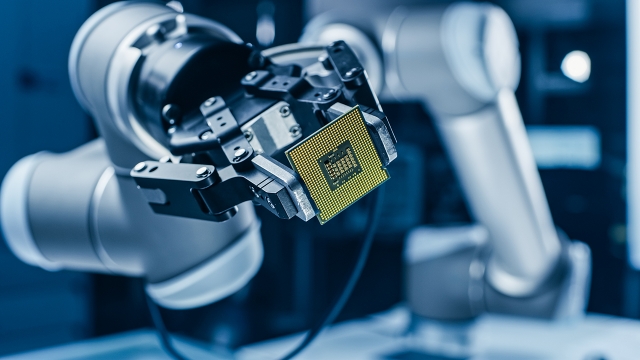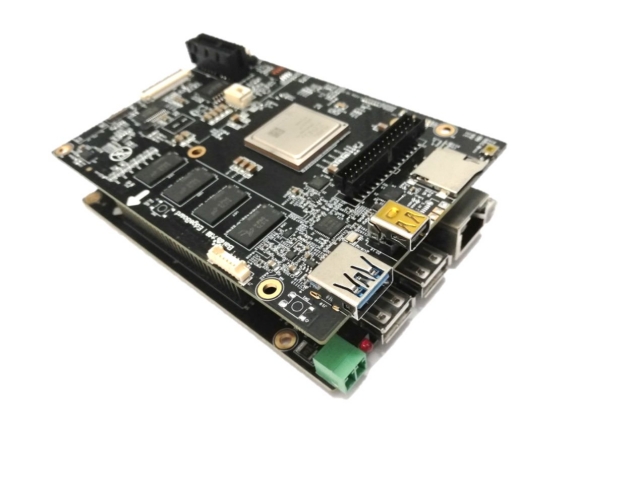Embedded systems are the hidden workhorses that power the countless devices we use every day, from smartphones to medical devices. As technology advances, the need for more versatile and efficient embedded solutions continues to grow. This is where field-programmable gate arrays (FPGAs) come into play. In this blog post, we take a deep dive into the world of FPGAs in embedded systems, exploring their architecture, programming, benefits, applications, challenges, and future potential.
The following is the outline of the article
FPGA Architecture and Components
Benefits of FPGAs in Embedded Systems
Applications of FPGAs in Embedded Systems
Tools and the Development Ecosystem
Understanding FPGA Basics
What is FPGA? At the heart of an FPGA is a silicon chip that can be reconfigured to perform various digital functions. Unlike microcontrollers and ASICs, FPGAs are not limited to fixed functions. They contain arrays of logic cells, each capable of performing simple logic operations, and programmable interconnects that allow these cells to be interconnected in unique ways. This configurability is the hallmark of FPGA design.

FPGA Architecture and Components
Inside an FPGA, logic cells consist of look-up tables (LUTs) and flip-flops. LUTs implement various logic functions, while flip-flops store state information. These elements are connected by programmable routing resources, allowing custom connections between logic elements. This complex architecture enables designers to tailor circuits to their specific requirements.
FPGA Programming
FPGA programming involves describing the required logic circuits using a hardware description language (HDL) such as VHDL or Verilog. HDL allows designers to specify the behavior of digital circuits at a high level of abstraction. The development process includes design, simulation, synthesis (conversion of HDL code into gate-level representation), implementation (mapping of gates to FPGA resources), and verification. Once programmed, the FPGA operates according to the specified logic.
Benefits of FPGAs in Embedded Systems
FPGAs bring many advantages to embedded systems. Their reconfigurability enables rapid prototyping and design iterations. In applications that require real-time processing, FPGAs shine because of their parallel architecture and deterministic timing. In addition, they allow hardware acceleration of specific functions, which can significantly increase performance compared to software-based solutions.
Applications of FPGAs in Embedded Systems
FPGAs are used in various fields. In telecommunications, they optimize data routing and encryption. In aerospace, they handle complex signal-processing tasks. The automotive industry benefits from FPGAs in advanced driver assistance systems. In medical equipment, FPGAs enable high-resolution imaging and real-time analysis. Their flexibility enables engineers to develop innovative solutions suitable for each field.

Challenges and Considerations
While FPGAs have great potential, they also present challenges. Their configurability can cause power consumption issues if not carefully managed. Additionally, programming FPGAs requires a solid understanding of digital design principles, which can present a learning curve for some engineers. Ensuring proper testing and validation is critical to avoid hardware functional errors.
Tools and the Development Ecosystem
There are various tools and software to aid in FPGA development. FPGA manufacturers provide integrated development environments (IDEs) to facilitate design, simulation, synthesis, and verification. These tools are critical to ensuring the functionality and correctness of designed circuits before implementation on actual FPGA hardware.
Future trends and innovations
The future looks bright for FPGAs in embedded systems. As technology advances, FPGAs are increasingly integrated with other components such as processors and memory, resulting in heterogeneous architectures. This integration enhances system performance while retaining the flexibility of the FPGA. Additionally, emerging FPGA technology may address power consumption issues and simplify programming, making them easier to use.
In conclusion
FPGAs represent a paradigm shift in the field of embedded systems. Their configurable hardware enables engineers to design custom solutions for applications ranging from telecommunications to medical equipment. By understanding FPGA architecture, programming, and its benefits and challenges, developers can fully exploit the potential of this powerful technology to revolutionize the world of embedded systems.




 Need Help?
Need Help?







